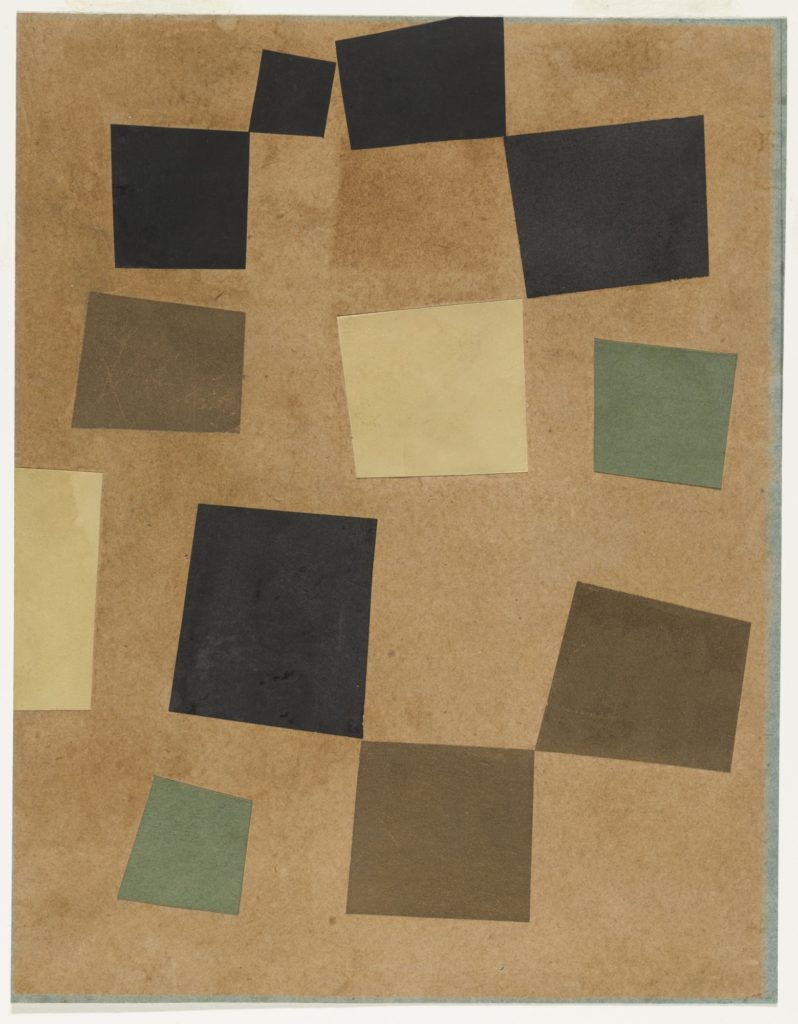The running theme throughout my project is photo-montage, The main use of photo-montage is to see the many ways in which you can manipulate an image. Photo-montage has its roots in the Dadaism movement. Dada was an artistic and literary movement that began in Zürich, Switzerland. It arose as a reaction to World War I in around 1916 and the nationalism that many thought had led to the war. Its output was wildly diverse, ranging from performance art to poetry, photography, sculpture, painting, and collage. Dada’s aesthetic, marked by its mockery of materialistic and nationalistic attitudes, proved a powerful influence on artists in many cities, including Berlin, Hanover, Paris, New York, and Cologne, all of which generated their own groups. The movement dissipated with the establishment of Surrealism, but the ideas it gave rise to have become the cornerstones of various categories of modern and contemporary art.

Dada was the first conceptual art movement where the focus of the artists was not on crafting aesthetically pleasing objects but on making works that often upended bourgeois sensibilities and that generated difficult questions about society, the role of the artist, and the purpose of art. So intent were members of Dada on opposing all norms of bourgeois culture that the group was barely in favor of itself: “Dada is anti-Dada,” they often cried.

Cut-and-pasted colored paper – Museum of Modern Art, New York
One of the key figures in the Dada movement was artist was Hans Arp. He made a series of collages based on chance, where he would stand above a sheet of paper, dropping squares of contrasting colored paper on the larger sheet’s surface, and then gluing the squares wherever they fell onto the page. The technique arose when Arp became frustrated by attempts to compose more formal geometric arrangements. Arp’s chance collages have come to represent Dada’s aim to be “anti-art” and their interest in accident as a way to challenge traditional art production techniques.
The lack of artistic control represented in this work would also become a defining element of Surrealism as that group tried to find paths into the unconscious whereby intellectual control on creativity was undermined
